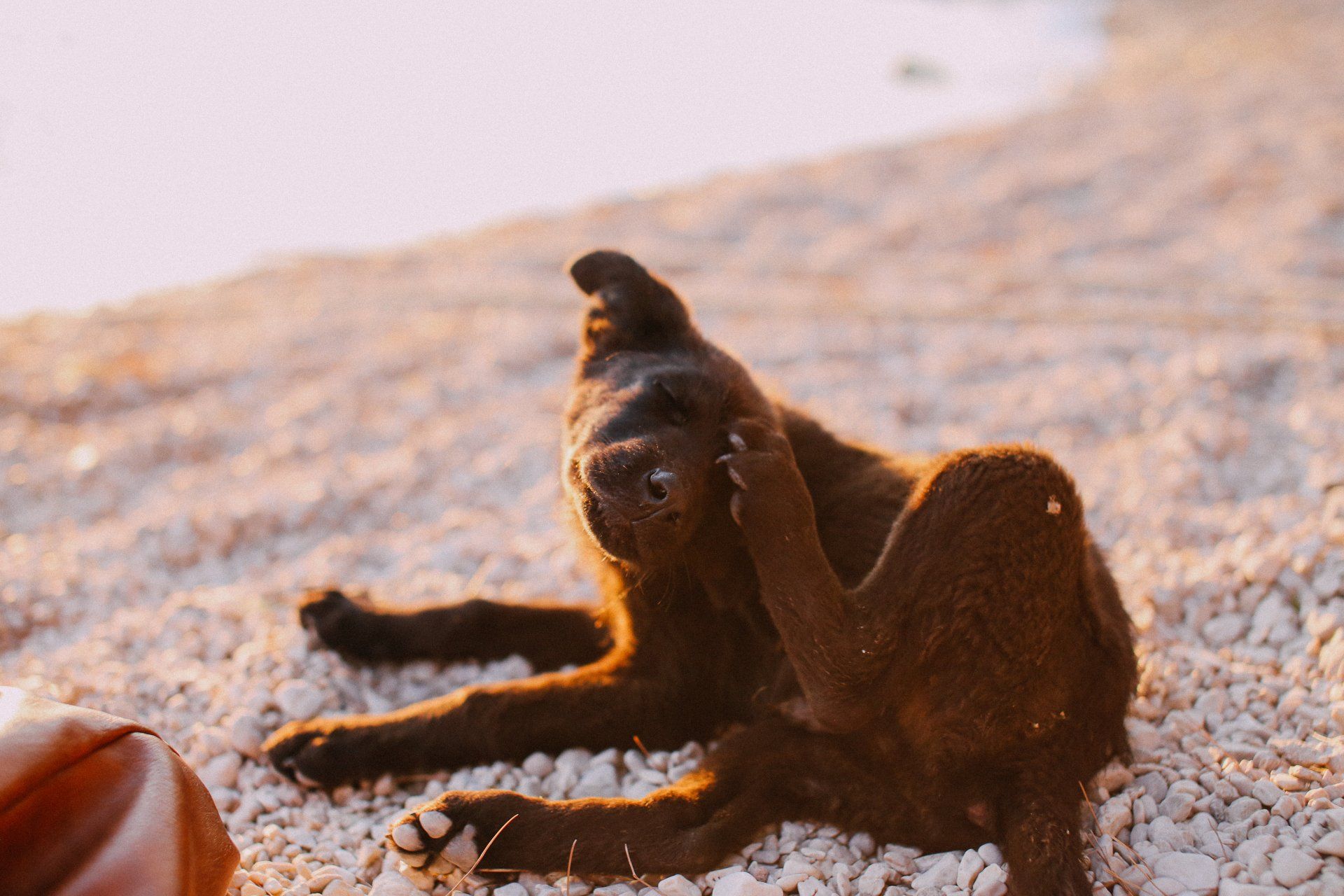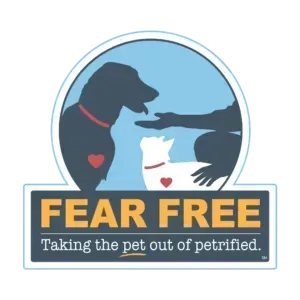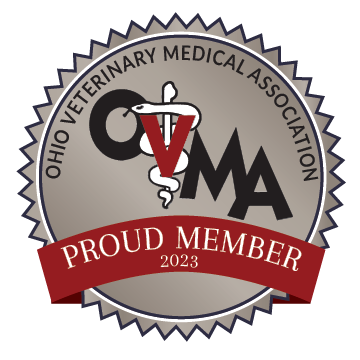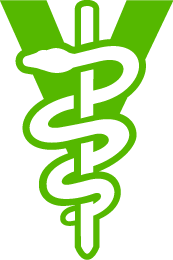Increasing Water intake in Cats
Increasing Water Intake in Cats
Water is one of the most important substances on earth. It is vital for the life and health of every person and animal. As we research more and more, we find that water is especially important to our indoor feline friends. Cats seem to live on the least amount of water necessary, which can lead to many problems down the road. It is for this reason that there has been a tremendous shift in the thinking about how we feed cats. We have changed more and more toward incorporating canned food into the diet of indoor cats, simply for the benefit of the water that is contained within the canned food. We even recommend adding a little bit of extra water to the canned food to trick your cat into "eating" a little more water than they would normally. Water is never a bad thing to encourage, as the worst thing that can happen is the production of more urine.
Increasing water intake is one of the best preventions for urinary tract issues in cats. These pesky UTIs and the associated cystitis are one of the more common medical conditions that we treat in cats. It also helps to prevent bladder stones, by continuously "flushing" the system. By increasing the amount of water that your cat consumes every day, you also decrease his/ her risk for chronic kidney disease. This is a condition of older cats, which is manageable, but not treatable. It is much better to prevent these two conditions than to have to treat them. Another tip for both involves litter box management. We have covered that topic in another article, which is available on any of our websites.
Over the past few years, there have been even more developments in the attempt to get cats to drink more water. A lot of these involve running water, often in the form of a fountain. Other methods that may help with water intake is to allow your cat to drink from a running faucet. Many cats like to get up on the sink to drink. Other cats are also the type that like to get into the bathtub following a shower and begin licking the water that is left around the bottom of the tub.
We often recommend the use of tuna into the diet of a cat. This should be on a somewhat limited basis, but cats love tuna. We like to recommend offering your cat some tuna juice with some water added to it. You can also add water to the tuna itself and offer that to your feline friend. This brings out the tuna flavor into the water, encouraging your cat to drink.
Ever hear the term meniscus? That is a scientific word to describe the slight "dome" that forms on the top of a very full water dish. To make a meniscus, slowly add water to your cat's water dish. You should continue to fill it up to the point that it looks like it should be overflowing, but not quite to the point of actual overflow. This will create the dome, which is another slick technique or trick to get a cat to drink more water.
Hopefully, you find one or two tips to help encourage your cat to take in more water every day. If you have any further questions, or thought, please contact our office.
Written by Jeff Fink, D.V.M.
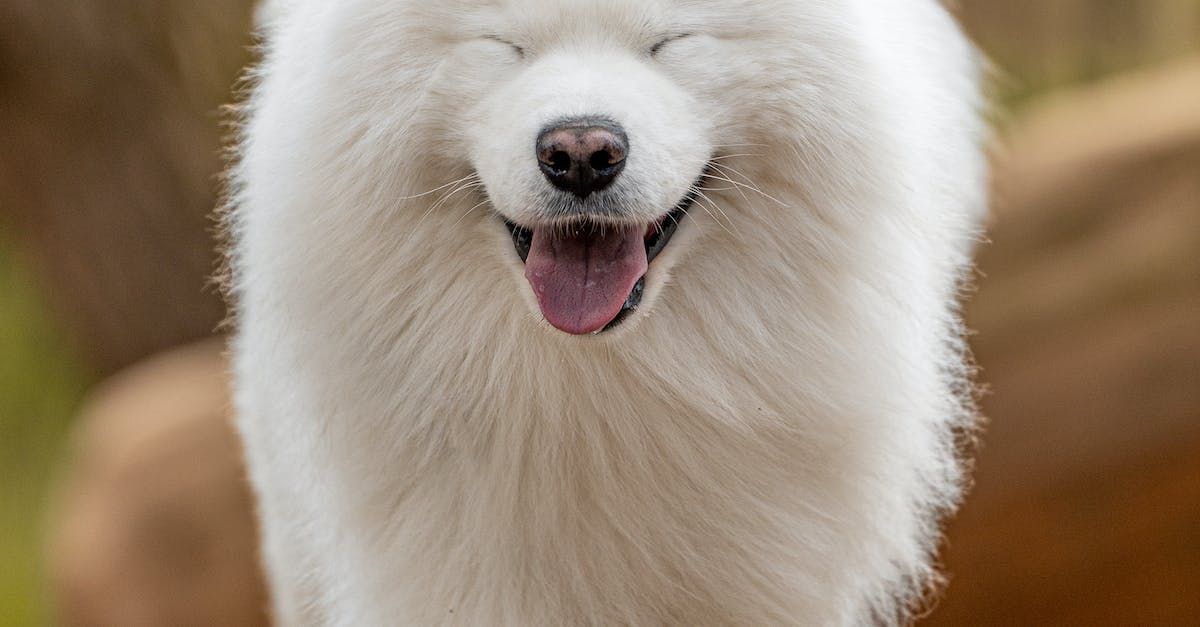
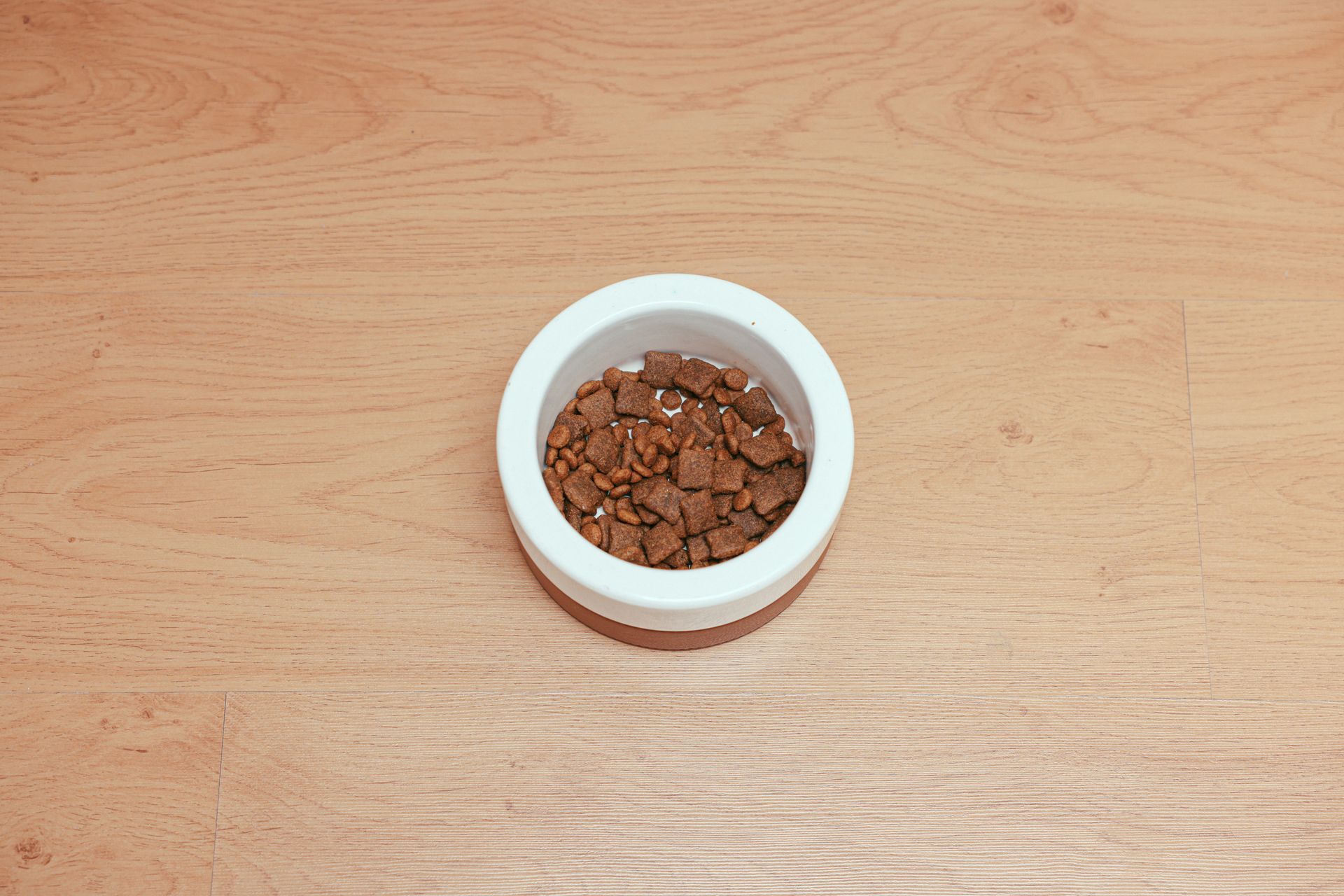

CONTACT US
VETERINARY WELLNESS PARTNERS
LOCATIONS
COPYRIGHT © 2023 VETERINARY WELLNESS PARTNERS, INC. ALL RIGHTS RESERVED. BUILT BY BIRDEYE


